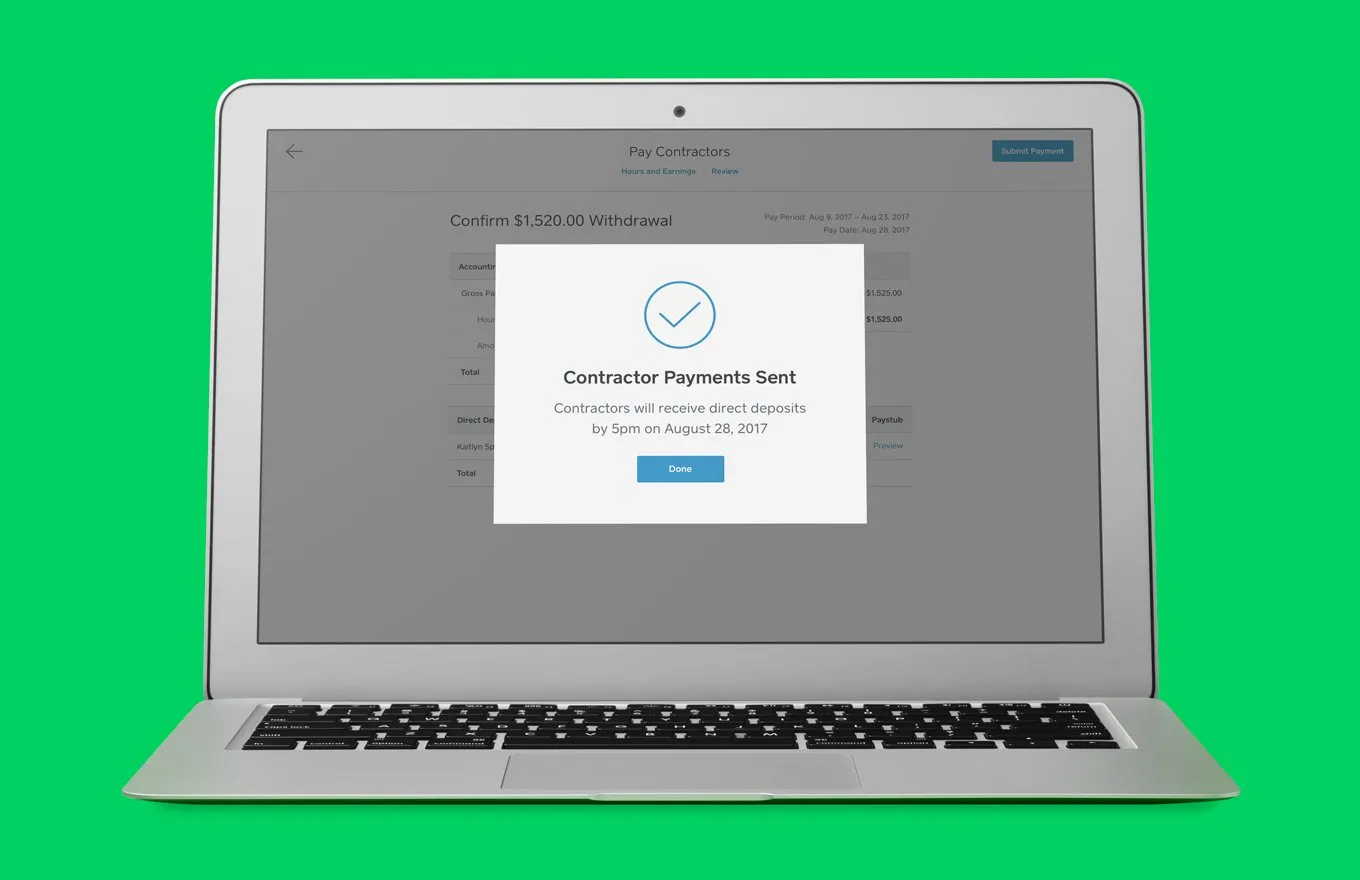WHAT IS CERTIFIED PAYROLL?
Contractors (and subcontractors) are compelled to send Certified Payroll Records (CPRs) to Labor commissioners for all public work projects. They are required to send the CPRs through DIR’s electronic reporting system. This is to ensure that all workers receive a predetermined wage which is widely known as the ‘David Bacon Wage’. Regularly submitted payroll reports serve as sufficient evidence that the predetermined wage is being given. Failure to submit the CPRs can lead to serious penalties.
DAVIS BACON ACT OF 1931
The Davis Bacon Act was passed to make the bidding process on government-funded jobs fairer and to ensure that skilled local workers were not overlooked in favor of workers who would accept much lower wages.
WHAT IS THE STRUCTURE OF A CERTIFIED PAYROLL REPORT?
Rich relevant data needs to be collected first and then mentioned in the CPR accordingly. Records like employee information (name/social security number), the hours they work per week, the exact income they earn per week, any weekly tax deductions and fringe benefits. Do note the CPR format varies from agency to agency. This means that local, federal, and state CPRs will differ from each other slightly. Though, the information, as stated above remains the same in all. Some agencies may ask for extra information such as prorating employee tax deductions and similar deductions like garnishments.
CREATING A CERTIFIED PAYROLL REPORT
There are two common ways to create a Certified Payroll Report:-
- Manual method
- Through construction accounting software
The manual method is time-consuming. It can get complex if a construction company has wagers with multiple roles. All the required information must be compiled through long paperwork and then manually added in the forms. It gets easier if there is a constant data collecting system known by all employees.
The other method is more preferred. Employees and higher-ups must be well educated about how construction accounting software works. Data can be collected this way instantly. Then forms can get auto-generated according to the data entered into the system. When setting up the prevailing wage software, make sure to flag it as ‘prevailing wage’. Accurate labor wages will then default in. All the information needed to complete the payroll forms will be there without any need for formatting.
BENEFITS OF USING CONSTRUCTION ACCOUNTING SOFTWARE
As mentioned, it saves a lot of time. It also assists in data management and keeps real-time track of records through its cloud system. It ensures the safety of all important data eliminating all chances of data getting lost. It generates forms instantly and is easy to use.
American states which do not have own prevailing wage laws
There are exactly 14 states which follow federal regulations for CPRs: Idaho, Indiana. Kansas, West Virginia, Kentucky, Montana, New Hampshire, Tennessee, Vermont, Wyoming, Oklahoma, and South Carolina. These states do not have their own prevailing wage laws, and hence they rely on the federal WH-347 form. The form requires the following information:-
- The name and ID number of every employee who works on site.
- Each employee’s job classification (e.g. carpenter, electrician, etc.).
- The number of hours each employee worked, including overtime.
- Every employee's rate of pay is based on the prevailing wage, including fringe benefits (or cash paid in lieu of fringe benefits).
- Every employee’s gross amount earned.
- Every employee’s deductions or withholdings.
- Every employee's net wages are paid.
“Some states require people to upload certified payroll reports digitally. This is why contractors still have to fill out the paper reports. Then they have to manually re-enter all the data. And some states, like California, require more information in their reports that are required by the federal WH-347 form." (Nancy Smyth, President, Sunburst Software Solutions, Inc.)
The American States have its own prevailing wage laws
There are a large number of states which have their own prevailing wage laws. Some are: Alabama, Alaska, Arizona, California, Colorado, Connecticut, Delaware, Florida, Georgia, Hawaii, Illinois, Iowa, Louisiana, Maine, Maryland, Massachusetts, Michigan, Minnesota, Mississippi, Missouri, Nebraska, Nevada, New Jersey, New Mexico, New York, North Carolina, North Dakota, Ohio, Oregon, Pennsylvania, Rhode Island, South Dakota, Texas, Virginia, Washington, and Wisconsin. Make sure they check for any additional requirements a state may ask for.
Who should complete your certified payroll report?
Nancy Smyth explains that it would be an ideal situation where contractors have payroll clerks who completely understand CPRs. Though most usually do not. This may lead contractors towards the risk of violating their contracts.
“If the contractor is using an online system which has no inbuilt data-checking system, and depends largely on people to verify the information, it could take a month to the end of a project to get each report approved [by the DOL],"Nancy explains
Certified Payroll reporting takes much hard work, time, and investment. This is why the construction industry accounts for 89 percent of Davis-Bacon Act violations.
“Some contractors aren’t filling out the reports. Some are cooking the books. And some of the violations are from people just not paying attention to what’s spelled out in their contract,”
There are many ways to violate the Davis-Bacon Act. Some include failure to pay the prevailing wage and giving forms with missing signatures. The most common violations made by contractors are listed here:-
Top 10 ways to violate the Davis-Bacon Act
- Insufficient payroll data.
- Incorrect addresses/ employee ID numbers.
- It is wrongly classified for workers, labourers, and mechanics.
- Missing documentation of apprentices and trainees.
- Failure in giving the prevailing wage, pay overtime or comply with FLSA regulations.
- Failure to submit certified payroll reports weekly.
- Incorrect or missing signatures.
- Unresolved reporting errors and payroll reports.
- Failing to pay back wages.
- Failure in resolving labor standards disputes.
How to correct errors in certified payroll
There is a 30-day deadline for submitting corrected forms. The 30-day count starts immediately after forms are furnished. Making corrections can be as time-consuming as the initial report-creating process. Thus, it is suggested that no data entry mistake is there while submitting your forms.
Takeaway
Sending Certified Payroll Reports to federal labor commissioners is integral for all contractors to avoid penalties. This is done to ensure that complying with the Davis-Bacon Act. Construction accounting software are recommended for instantly generating the CPRs. Revise to ensure that there are no errors before furnishing to prevent any violations.
Thousands of contractors throughout the country rely on Certified Payroll Reporting to simplify their prevailing wage reporting, join them today by clicking here to contact us.




